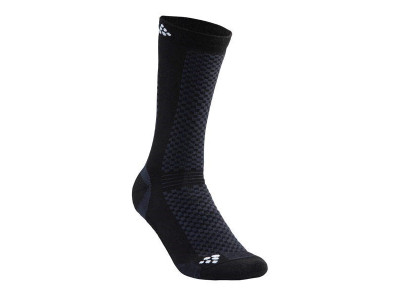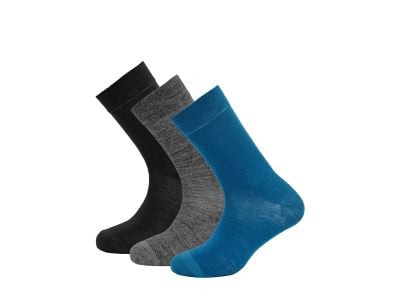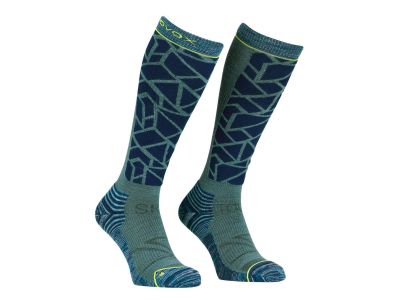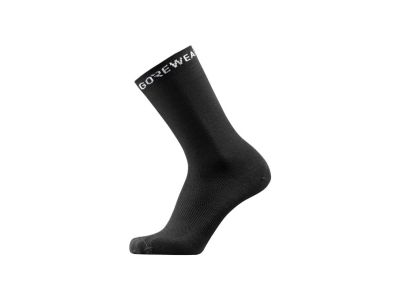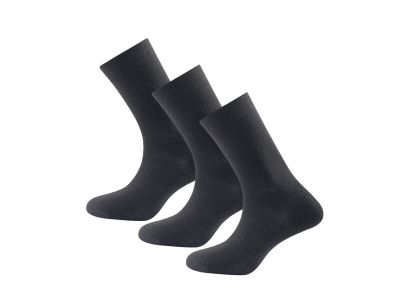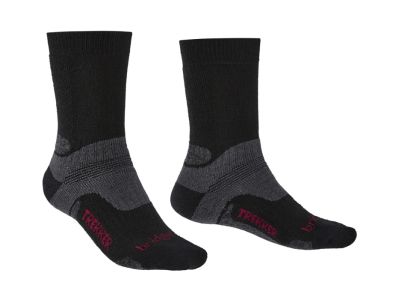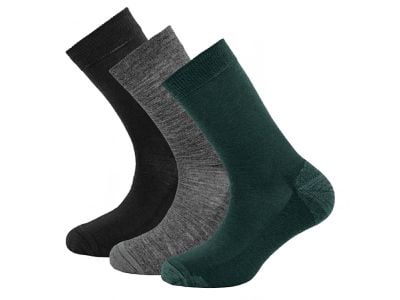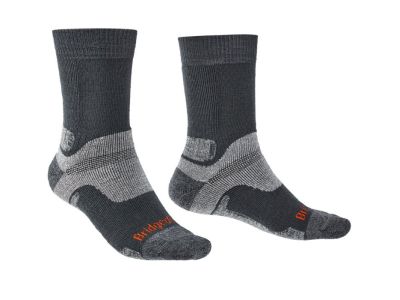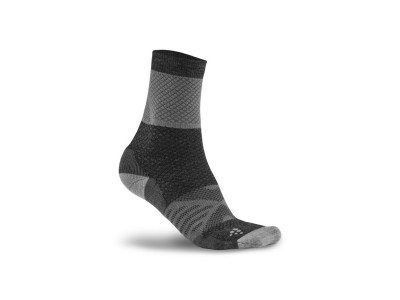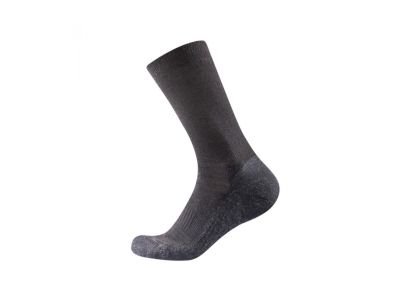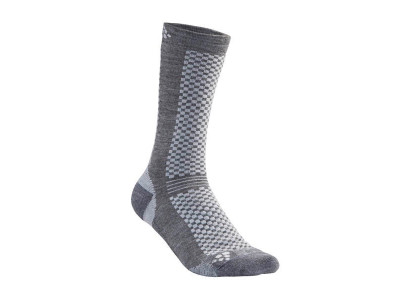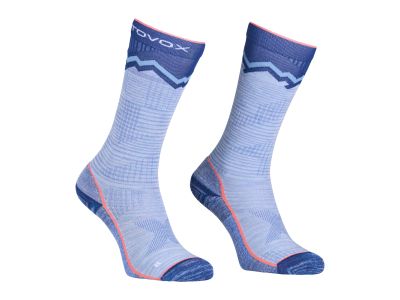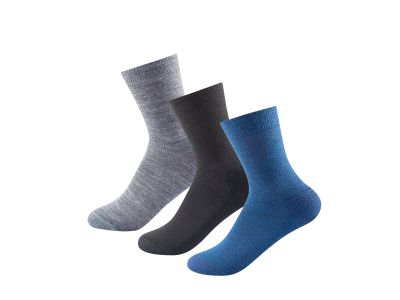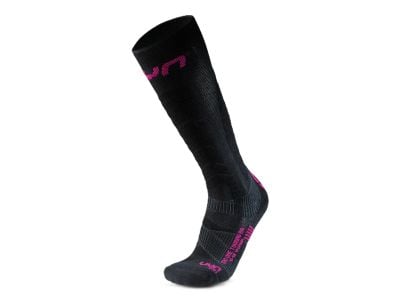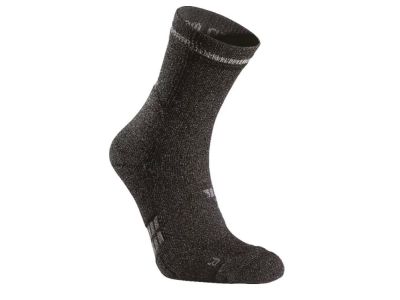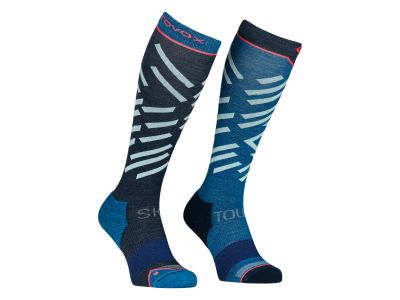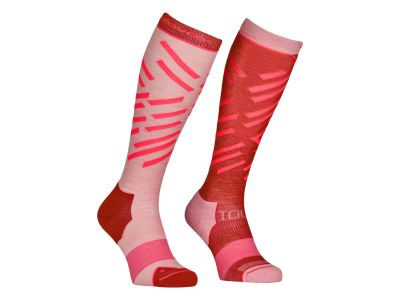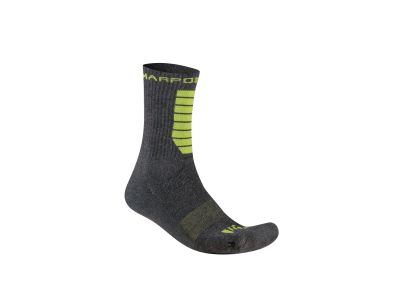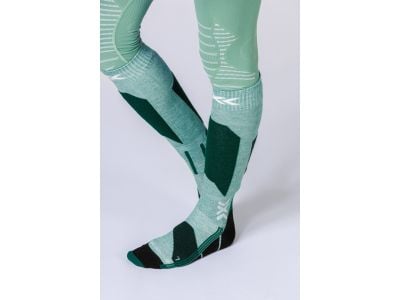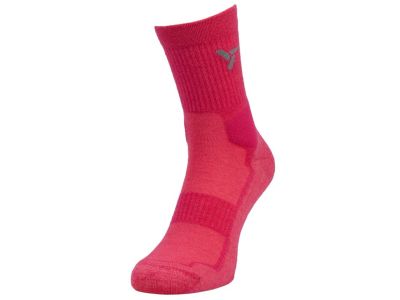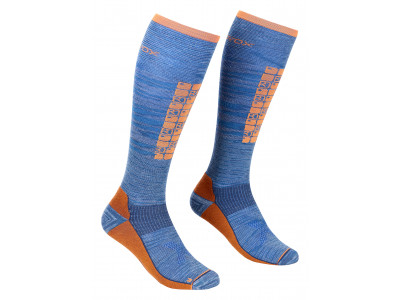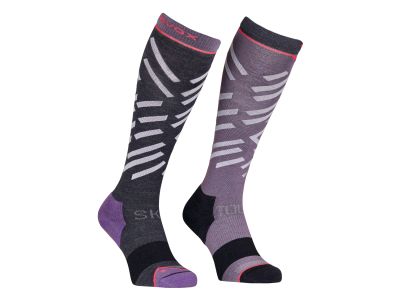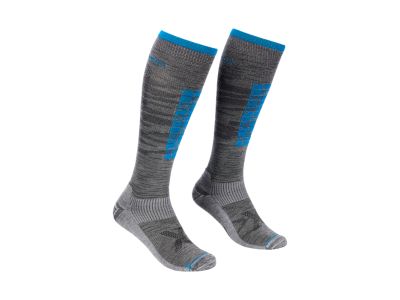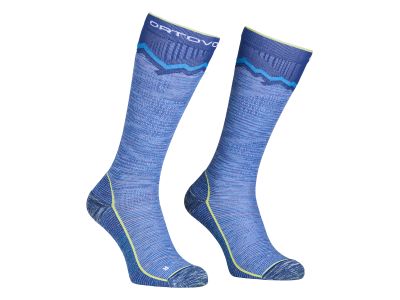
Clearance -25% ORTOVOX Tour Long knee socks, mountain blue
from 29.99 €
-25%
RRP 43.99 €
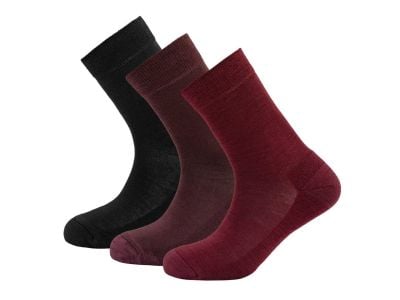
Devold Daily Merino Medium women's socks, 3 pairs, beetroot mix
27.99 €
RRP 30.99 €
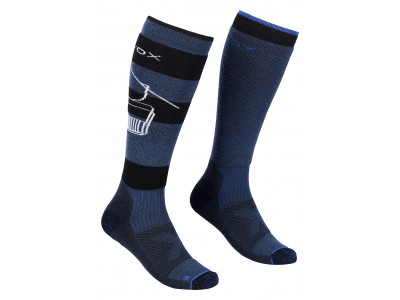
Clearance -53% ORTOVOX Free Ride Long socks, petrol blue
from 18.79 €
-53%
RRP 47.99 €
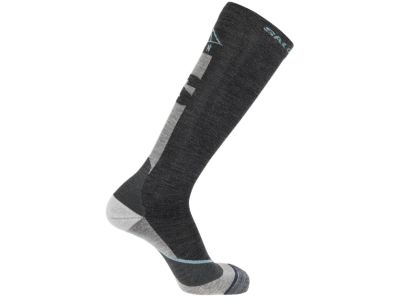
-20% Salomon MTN knee socks, dark grey/melange egret/angel blue
19.90 €
-20%
RRP 24.99 €

-8% Mammut Mountain Running Lightweight Merino Quarter Socks, black
17.49 €
-8%
RRP 18.99 €

Sale -24% ORTOVOX Ski Tour Compression Long women's knee socks, dark pacific
from 33.99 €
-24%
RRP 49.99 €
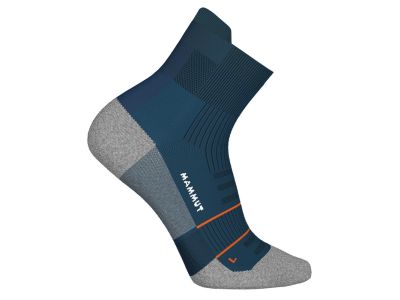
-8% Mammut Mountain Running Lightweight Merino Quarter Socks, blue
17.49 €
-8%
RRP 18.99 €
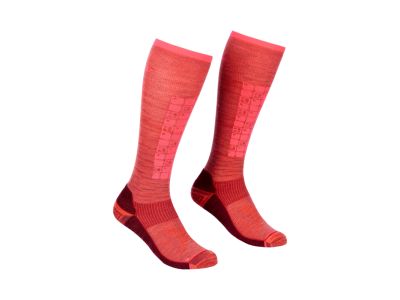
Clearance -42% ORTOVOX Ski Compression women's socks, blush
25.99 €
-42%
RRP 53.99 €
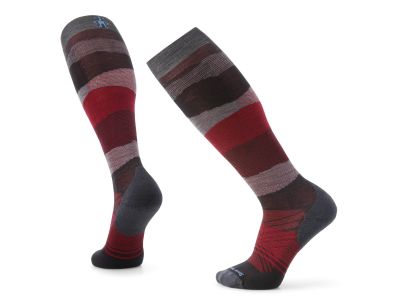
Clearance -14% Smartwool SKI TARGETED CUSHION PATTERN OTC socks, charcoral
15.69 €
-14%
RRP 26 €
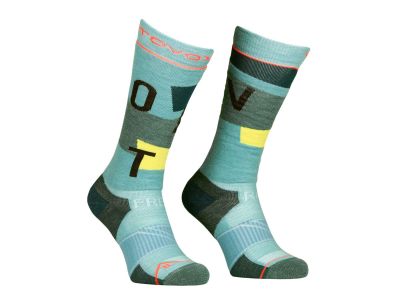
Sale -16% ORTOVOX Freeride Long Cozy women's knee socks, ice waterfall
from 26.99 €
-16%
RRP 44.99 €
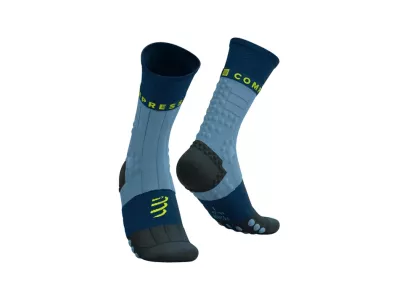
-7% COMPRESSPORT Pro Racing Socks Winter Trail socks, denim/poseidon
26.99 €
-7%
RRP 31.99 €

X-BIONIC X-SOCKS SKI DISCOVER OTC women's ski socks, white/grey
from 29.99 €
RRP 30 €
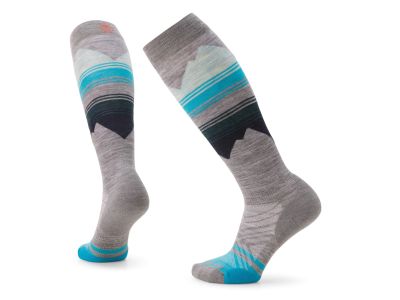
Clearance -35% Smartwool Ski Targeted Cushion Pattern OTC women's socks, light gray
15.49 €
-35%
RRP 26 €

-8% Mammut Mountain Running Lightweight Merino Quarter Socks, white
17.49 €
-8%
RRP 18.99 €
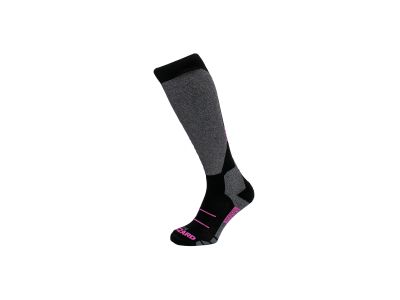
Clearance -43% Blizzard Wool Sport Junior ski children's socks, black/pink
6.29 €
-43%
RRP 10.99 €

